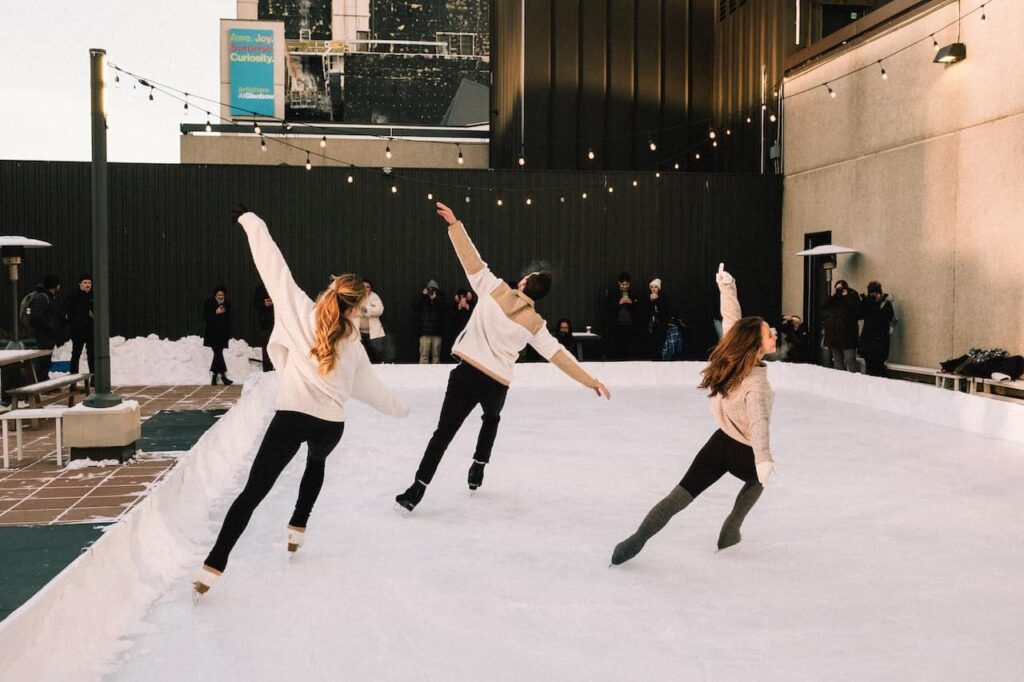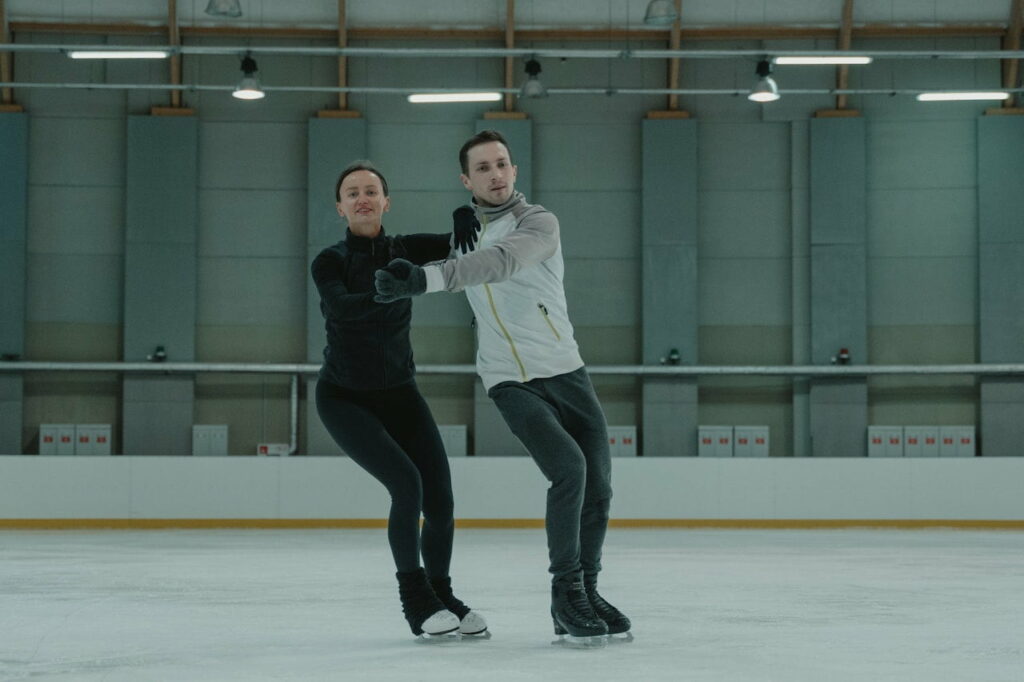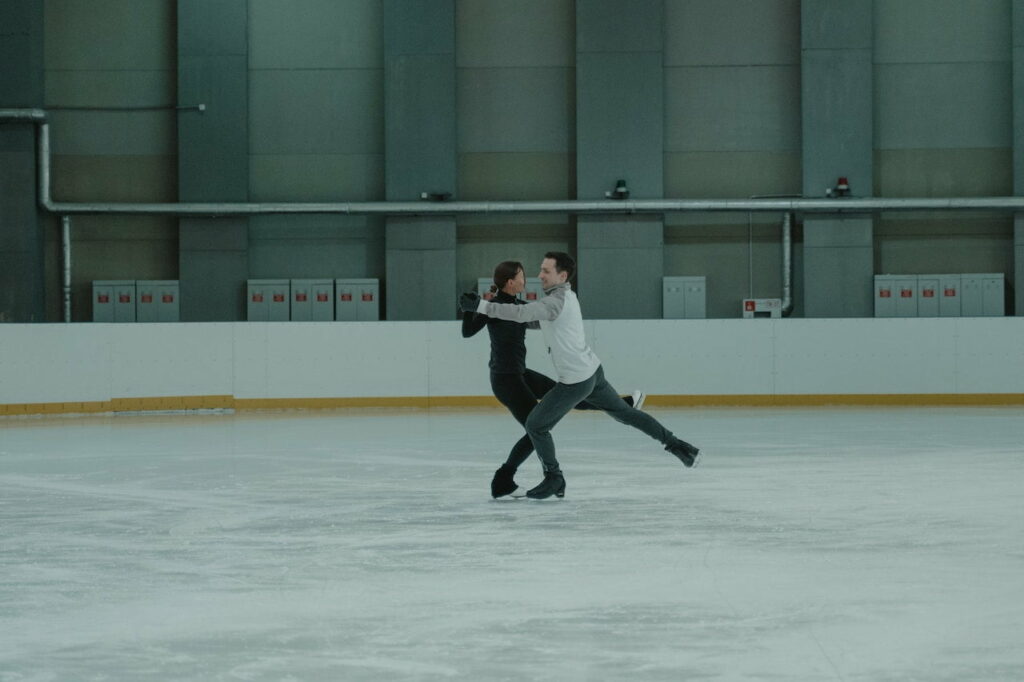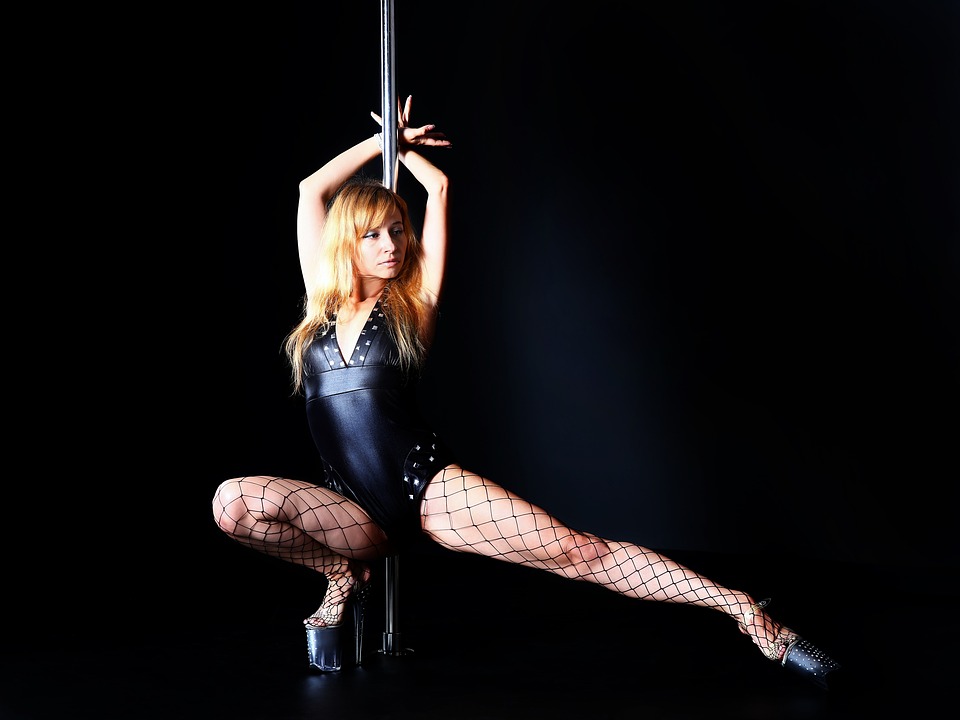
Summary
Welcome » Welcome » Dance and Sport » Ice dancing: elegance in motion
Ice dancing: elegance in motion
Ice dancing is an artistic discipline practiced on an icy surface, mixing grace And elegance to the dance. It forms a combination of graceful movements in perfect sync with creativity.
Summary
Ice dancing: its origins
Ice dancing has a rich and complex history dating back centuries. Beyond being entertainment, it is an art that reflects cultures, traditions and the evolution of society. Let's discover the mysterious origins of this activity as well as an overview of the practice on the ice.
His origin
The exact origins of ice dancing are difficult to determine, due to the ephemeral nature of the practice. But, it is possible to find traces of its beginnings across different cultures around the world. For example, Nordic peoples lived in regions where ice was a reality. It is very likely that they were the first to explore ice dancing on frozen lakes or rivers.
Ice dancing in different cultures
Over time, different cultures have developed their own styles of ice dancing, each bringing a touch of their own. cultural heritage. Let's take an example from Russia, which has put the khorovod dance on ice, which is a traditional dance celebrating special events. Furthermore, Scandinavia undoubtedly brought polska to the ice as we know it today.
The emergence of ice dancing
The 18th century was a turning point for ice dancing. Particularly thanks to the introduction of metal blade skates. Skaters were able to perform more complex and elegant movements on the ice. This marks the arrival of modern ice dancing. Indeed, from the 19th century, figure skating competitions emerged.
Later, in 1976, ice dancing made its appearance at the Innsbruck Olympic Games.
What does ice dancing look like?
Ice dancing is a unique form of artistic expression that combines the grace of dancing with the fluidity of skating. Each performance offers a demonstration of elegance, of synchronization and of creativity which explodes with beauty in movement. Let's understand the elements that make up an ice dance.
Sliding
Sliding is the basic element of ice dancing. Indeed, this is what allows dancers to create a visual harmony and to give the movements a unique quality which differentiates this discipline from other forms of dance. Furthermore, thanks to gliding, the dancers seem float.
But it is made possible thanks to several factors. First of all, blade skates are specially designed so that dancers can slide naturally without effort on the ice. In particular thanks to the sharp blades which cling to the ice and the curved shape which allows better stability And fluidity.
Emotion through movement
In addition, sliding allows dancers to great freedom of movement. For example, they can perform smooth transitions between movements, pirouettes and complex figures.
Finally, sliding adds a emotional dimension to the dance. Particularly thanks to the fluid movements and slides which reinforce the expression of the emotions and intentions of the choreography.
The synchronization
Synchronization in ice dancing is what unites dancers to create mesmerizing performances. And it goes way beyond just following the same sequence of movements. It is a silent dialogue where every step, every look and every gesture is meticulously coordinated with millimeter precision. This involves sensing your partner's energy and rhythm in order to immediately react to their movements and adapt to the slightest turn or pivot. Each movement must be executed with extreme care to maintain the fluidity of the movement.
Beyond the technical aspect, synchronization creates a emotional complicity. Indeed, dancers must be in tune not only on a physical level but also on an emotional level. This is extremely since they must interpret the music in the same way, feel the emotions with the same intensity and know how to project it to the audience.
The choregraphy
Ice choreography is not just a combination of movements, it is a true form of artistic expression that allows you to tell a story without saying a word. For good reason, each movement is carefully chosen to deliver a visual narrative to the audience. In addition, the choreography makes it possible to transmit a palette of emotions such as joy, passion, anger or even sadness. Thus, gestures are transformed into words, allowing dancers to delve into the depths of human emotions.
Creation
Also, if this representation is possible, it is thanks to the music. Indeed, she inspire movements, dictates the rhythm And expresses certain emotions. Work on the music is done beforehand. The dancers listen attentively to the music in order toidentify strong moments, changes in pace and transitions. After that, the dancers line up accordingly.
Another benefit of choreography is that dancers are free to mix different dance styles like no ballet, of the contemporary dance elements or even theater.
Figures and technical elements
There are several types of figures and Dtechnical elements that is here :
- The jumps : Jumps are one of the most dynamic features of ice dancing. These figures involve the dancers gaining momentum on the ice, rising into the air, then landing gently to create a moment of suspension to captivate the audience's attention. But in jumps, there are a variety of forms such as the toe loop, the loop or the salchow.
- The pirouettes : These figures add a sophisticated touch to the dance. It is a dancer who whirls on one foot, performing rapid rotations.
Other figures
- The slides : These are essential elements of ice dancing. We are talking about linear movements, where the ice steps are sequences of varied steps.
- The elevations : These are figures where one of the dancers lifts his partner above the ice.
- Step sequences : These are sequences of choreographed movements which take place on part of the ice rink.
The music
Music is a vital element for ice dancing since it is the starting point of the choreography. It is on it that the dancers build their movements. Additionally, she plays an active role in the emotional narration of the performance. It is used to convey emotions. Also, the goal is that the dancers come into harmony with the music so that the movements seem to merge with the melodies to create a perfect symbiosis between sound and movement. But also to have a pvisually stunning and emotionally evocative performance. Finally, within dance, there is a wide variety of musical styles ranging from classical music to contemporary songs, including original compositions.

Why do we confuse ice dancing and figure skating?
Ice dancing and figure skating are two distinct disciplines, but it is common for people to confuse them due to their visual similarities and their presence within the skating world. But today we are going to see the differences that separate them.
The emergence of figure skating
Figure skating is an ancient discipline that emerged from the pleasure of sliding on ice for recreational purposes. It is characterized by movements made in teams either couple or in individual with a music synchronization. This sport focuses on technical, there athletic performance and the technical creativity highlighted by the Winter Olympic Games. Moreover, the French were crowned five-time world champion, these are the skater Guillaume Cizeron and the skater Gabriella Papadakis who seduced the jury with their rocker fox trot.
The emergence of ice dancing
Unlike figure skating, ice dancing emphasizes choreographed couple dance. The dancers perform graceful movements, of the complex figures and smooth step sequences. Unlike figure skating, the acrobatic elements are less present to leave room for artistic expression and interaction between partners.
Visual similarities
One of the most visually striking elements between ice dancing and figure skating is the focus on the costumes elegant and refined. Indeed, dancers and skaters wear outfits carefully crafted to reflect the theme or emotion of their performance. We often find twirling fabrics, ornaments and bright colors.
Also, in both disciplines, there are graceful and fluid movements like smooth slides, elegant pirouettes capturing the audience's attention.
Also, the facial expressions to convey emotions and tell stories are used in both dance and skating.
You will also find a close interaction between the partners.
Finally, both on the ice and in skating, the moments of suspension are here. Especially with jumps, pirouettes and elevations.
Presence in the media
There is also a difference in media treatment. This can be explained by the fact that figure skating is a traditional and ancient discipline, often associated with glamor and aesthetics. As a result, the media tends to focus more on grandiose costumes and impressive pirouettes.
On the other hand, ice dancing, although it is such an elegant discipline, does not represent tradition and is perceived as more contemporary, which may explain its absence in the media.
Also, public expectations play a role in broadcasting. They may not match in terms of entertainment and interest.
Learning and awareness
Figure skating and ice dancing are disciplines that share the same land, but which are distinguished by their approaches, techniques and objectives.
First of all, learning ice dance focuses on synchronization, interaction between partners and the fluidity. Dancers should know master individual techniques, but also be able to develop a deep connection with your partner.
Regarding the courses, they focus on teamwork and learning routines that highlight artistic expression and creativity. As a result, dancers learn to work in harmony, has react to their partner's movements and to create a visual and emotional osmosis.
Learning to figure skate
As for figure skating, it emphasizes learning technical elements, progression of skills And improving individual performance. Thus, they learn to perform precise jumps, pirouettes and to develop the flexibility and strength necessary for acrobatic figures. Although musicality and artistic expression remain important, they can be neglected in favor of mastering technical movements.
The benefits
Ice dancing offers a multitude of profits.
- A full body workout : It is a sport that uses all the muscles of the body thanks to artistic figures that strengthen muscular strength, coordination and stability.
- Improved suppleness and flexibility : Fluid movements promote flexibility and natural stretching improves joint mobility, prevents muscle tension and contributes to better posture.
- Strengthening the cardiovascular system : Being an aerobic activity, it stimulates the cardiovascular system thanks to sequences of intense movements that increase the heart rate. Thus, lung capacity and blood circulation improve.
Mental benefits
- Better weight management : Regular practice helps burn calories and maintain a healthy weight since varied and energetic movements promote energy expenditure.
- Brings mental fulfillment : Dance is a creative outlet that allows you to express emotions and release stress. Immersion in dance mixed with music creates a deep connection with oneself, which promotes relaxation.
- Development of self-confidence : Each mastered step strengthens self-confidence and promotes a feeling of personal success.
- Cultivating discipline and perseverance : Ice dancing requires continuous commitment to perfect the movements. Thus, this perseverance cultivates discipline and determination.

The essentials of ice dancing
Ice dancing is a unique form of artistic expression that is composed of several principles :
- Sliding
- The synchronization
- The choregraphy
- Figures and technical elements
- The music
Then we explained point by point why ice dancing and figure skating were often confused :
- Difference between the emergence of figure skating and ice dancing
- Visual similarities
- The difference in treatment in the media
- The difference in learning and awareness
Finally, we have the virtues What does ice dancing bring?
- A full body workout
- Improved suppleness and flexibility
- Strengthening the cardiovascular system
- Better weight management
- Brings mental fulfillment
- Development of self-confidence
Dance elegantly at DECIBEL ®
What if you start by dancing with your feet on the ground? Refine your movements at DECIBEL ®.
For anyone who wants to learn to dance, DECIBEL® teaches you how to draw your abs, glutes and thighs during 45 minute intensive workout sessions Who strengthen your muscles and your cardio.
Discover simple and relaxing choreographies on the playlists specially designed to make your dance movements easier. If you are shy, don't panic, a dim light has been put in place to put you at ease and you can count on our coaches to reassure you.
It's time to fall for DECIBEL ®!
Read also
follow us
on instagram
Follow our news,
take advantage of our tutorials and participate to our
contests!
BREAKING NEWS!
Receive our newsletter.






